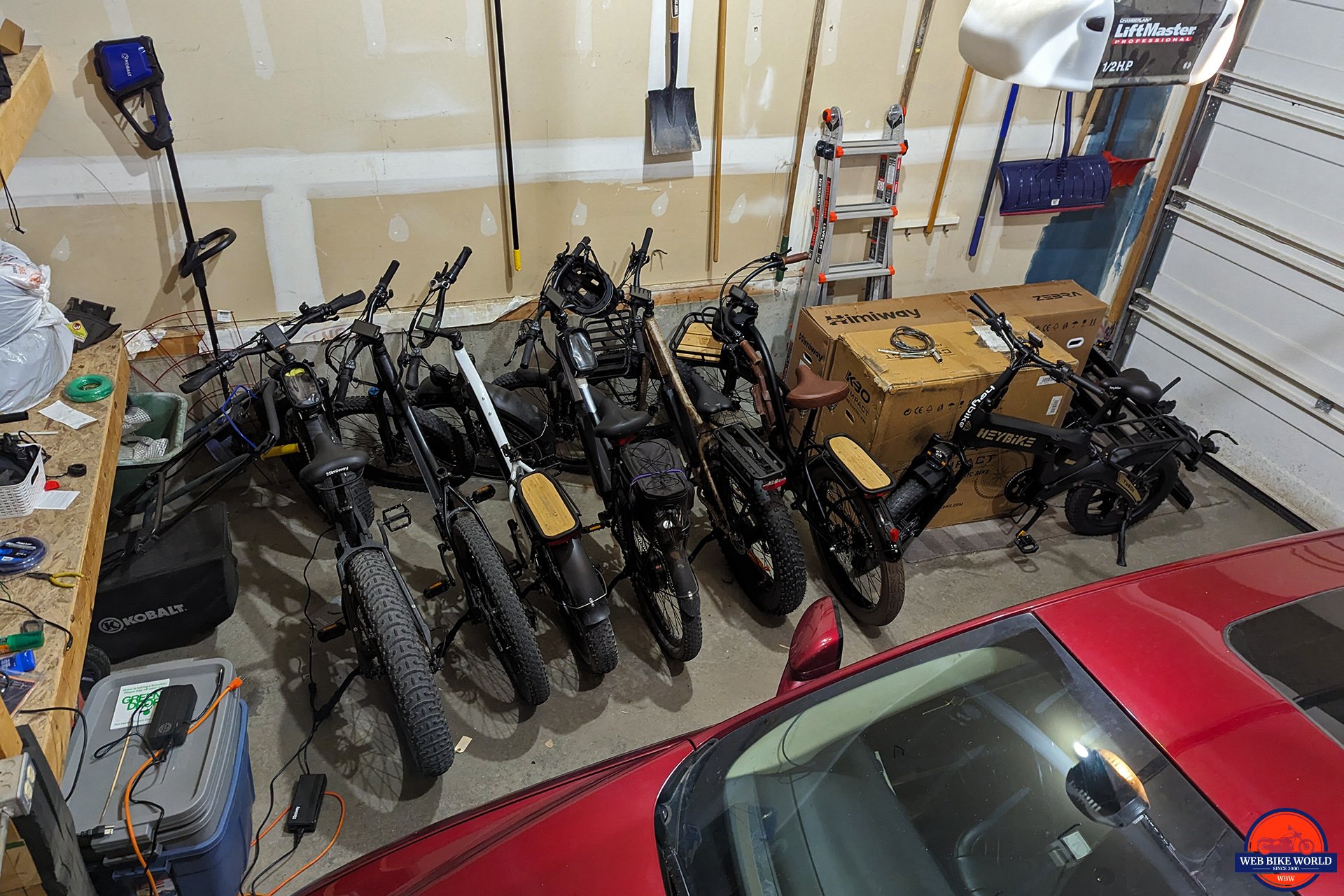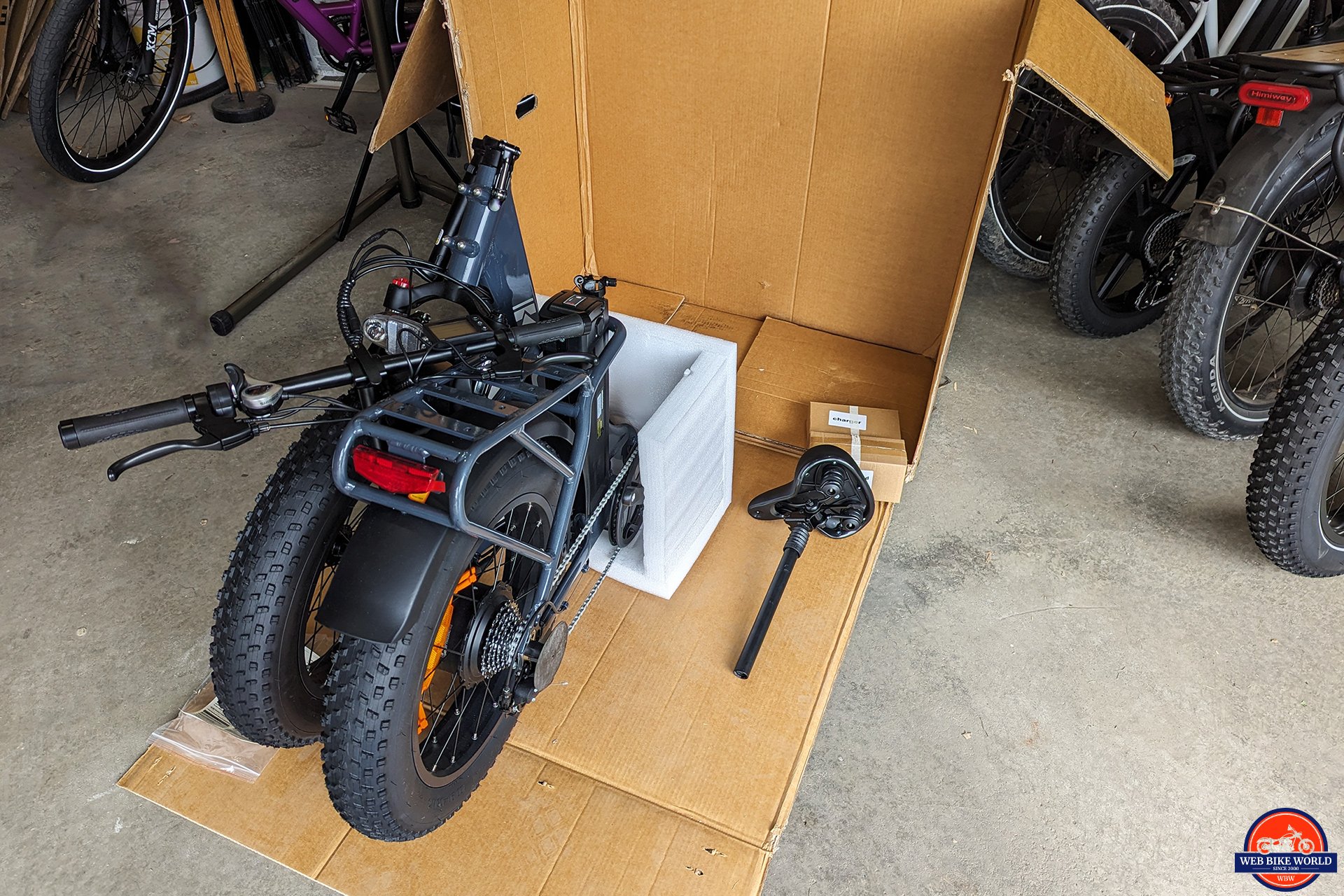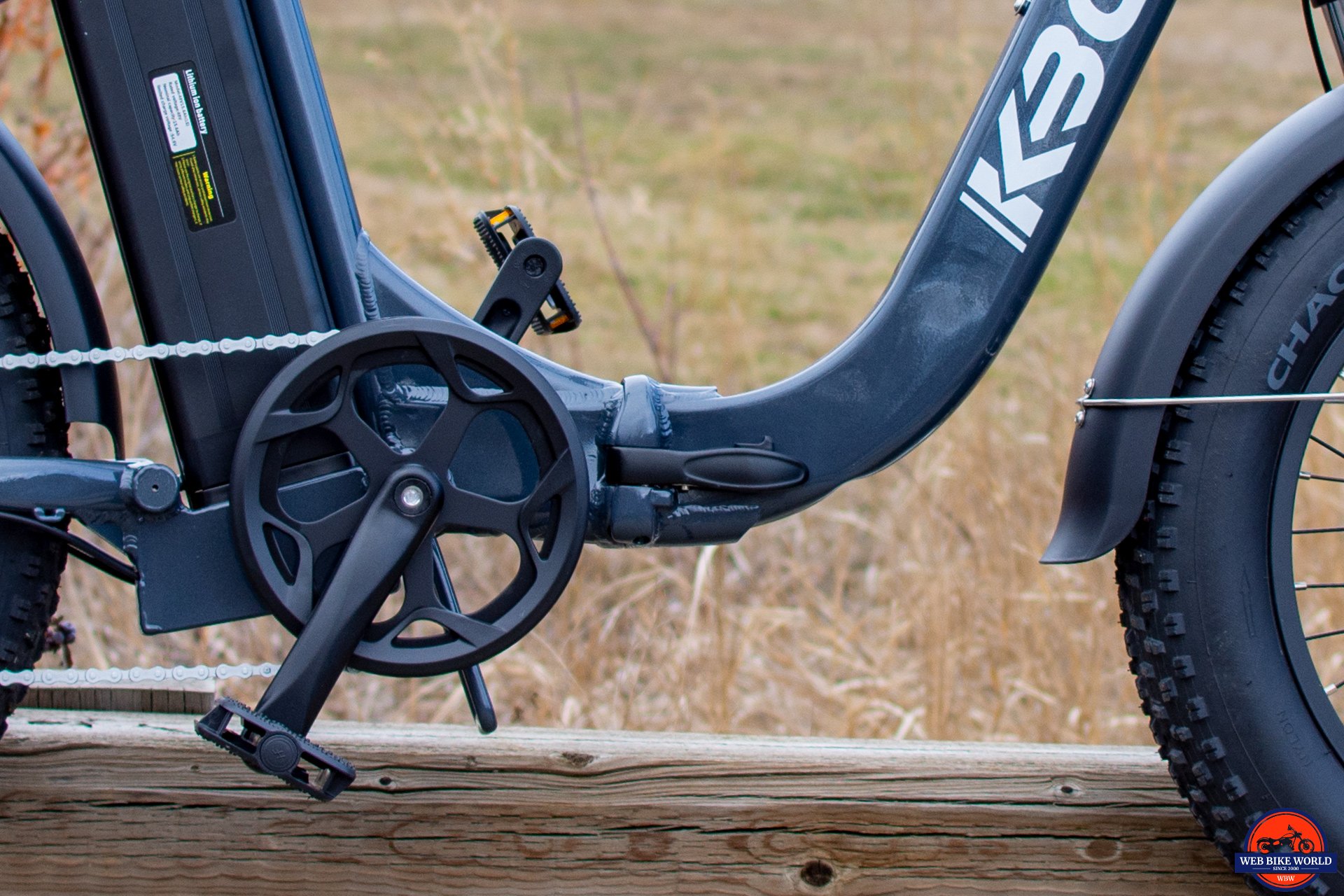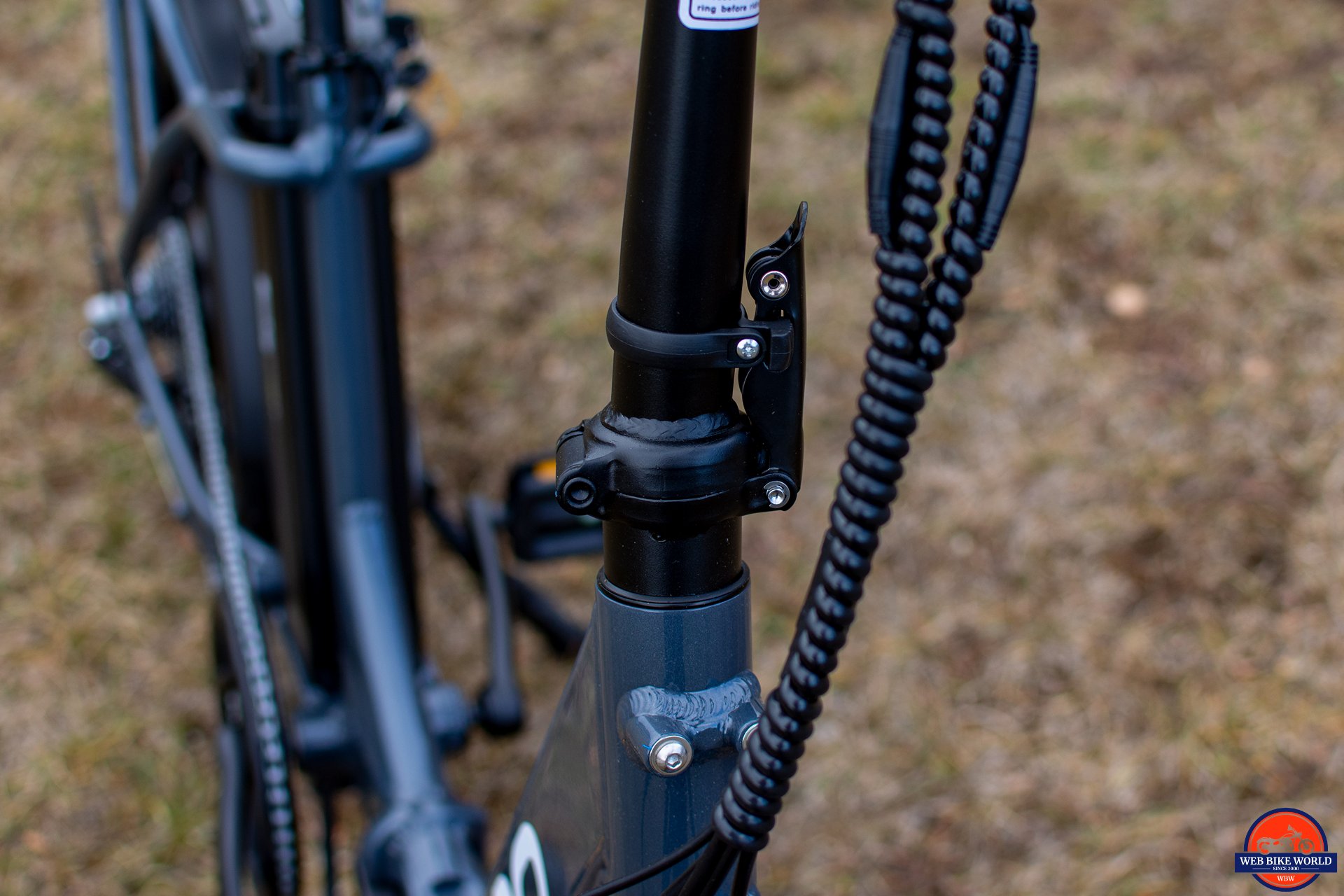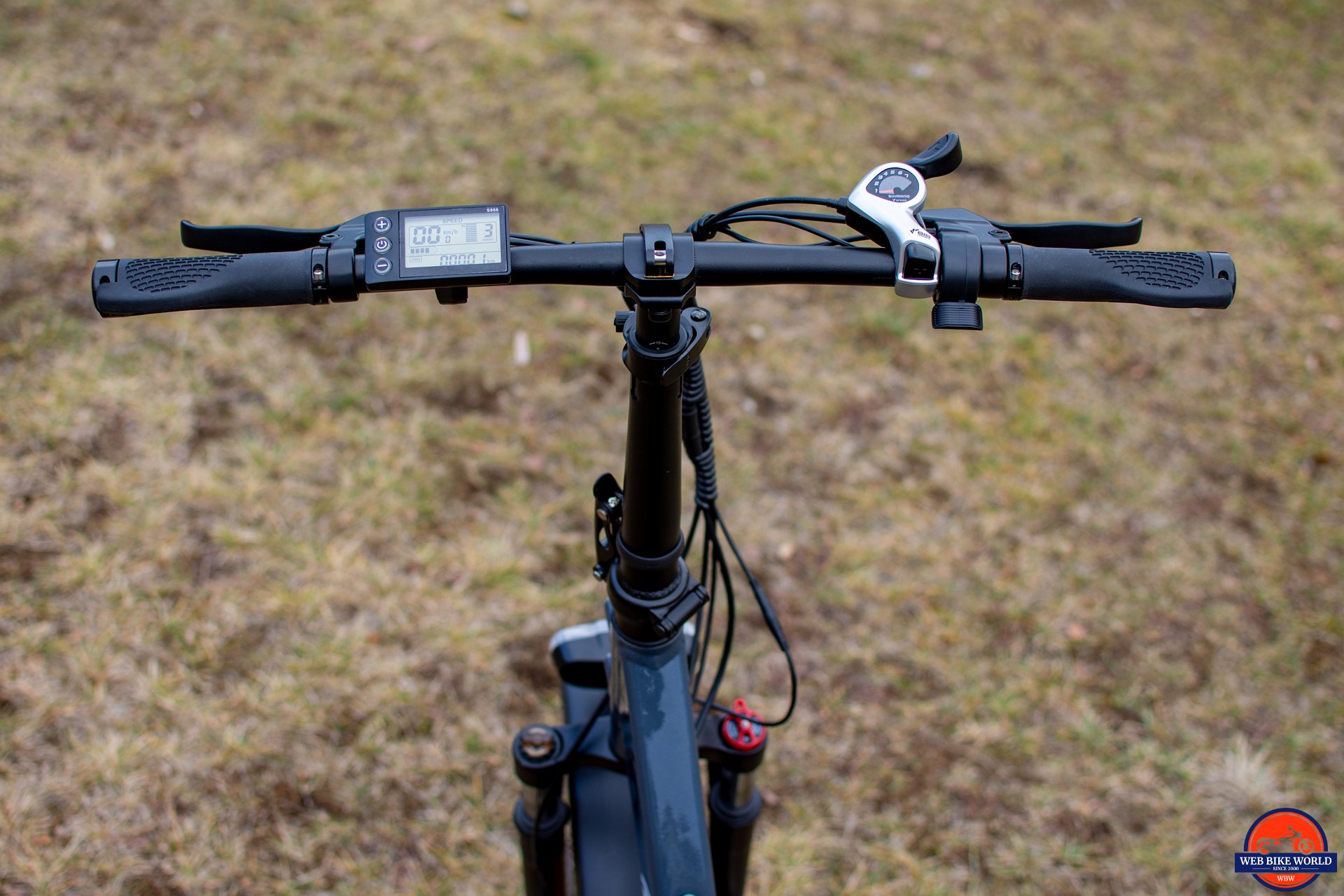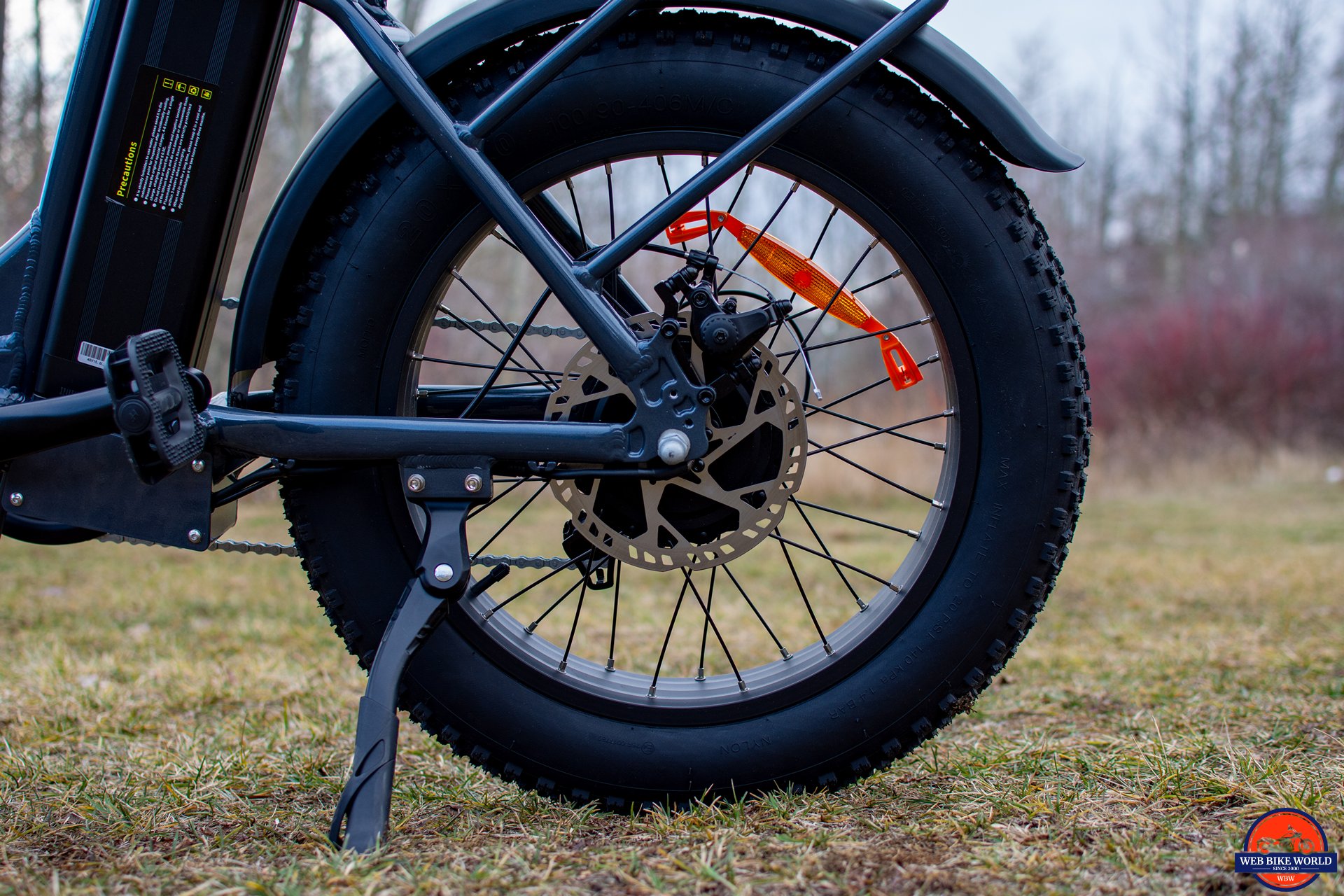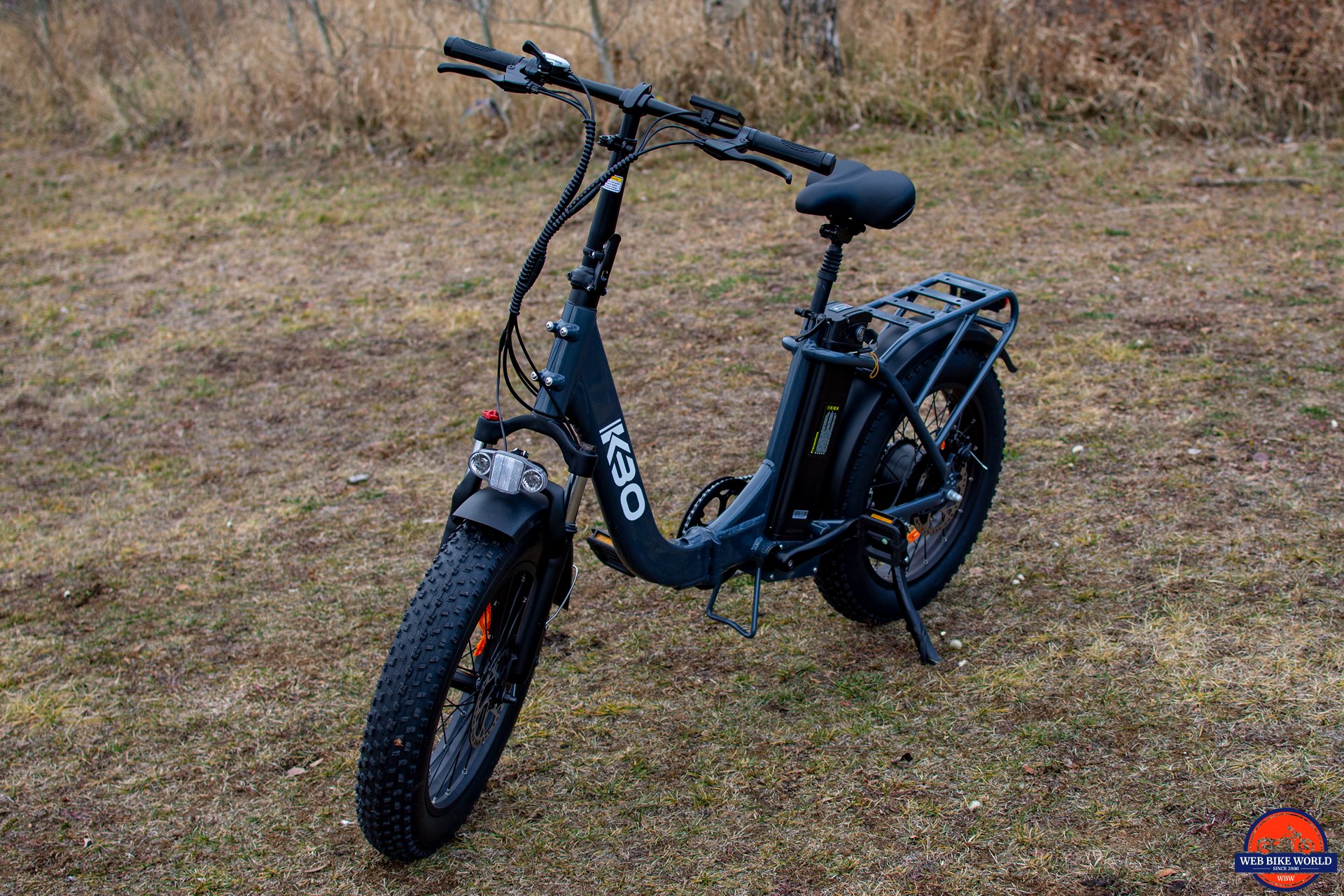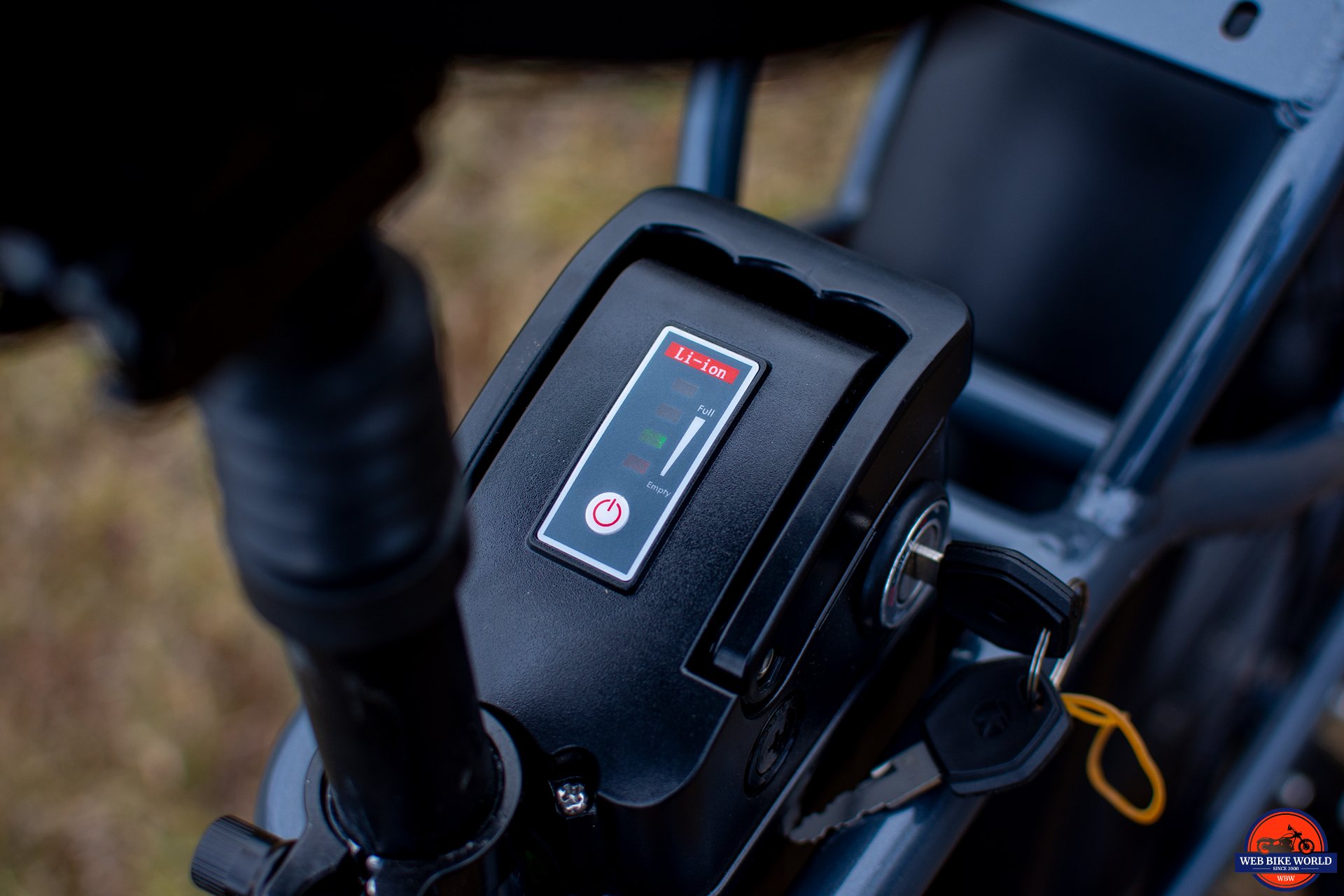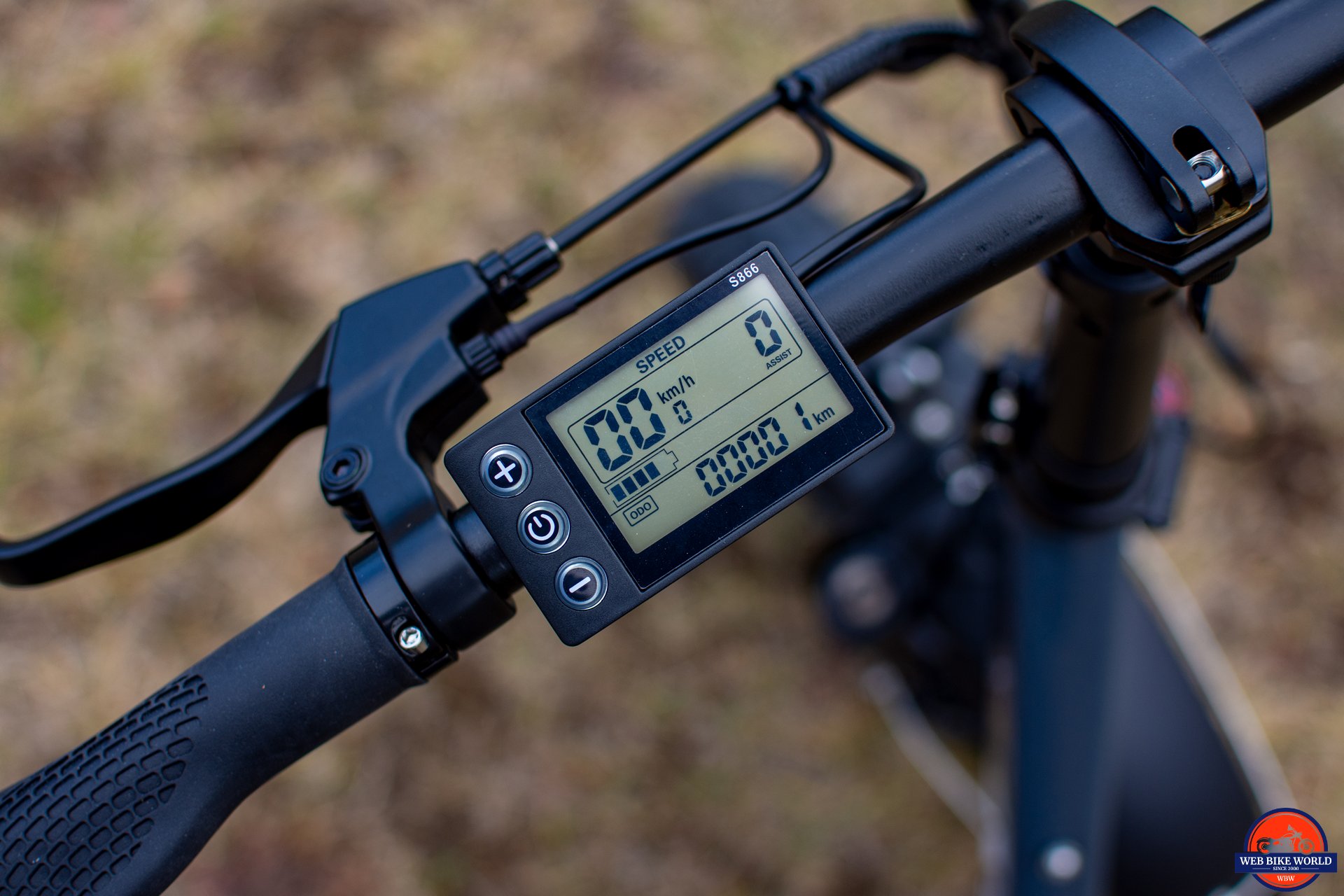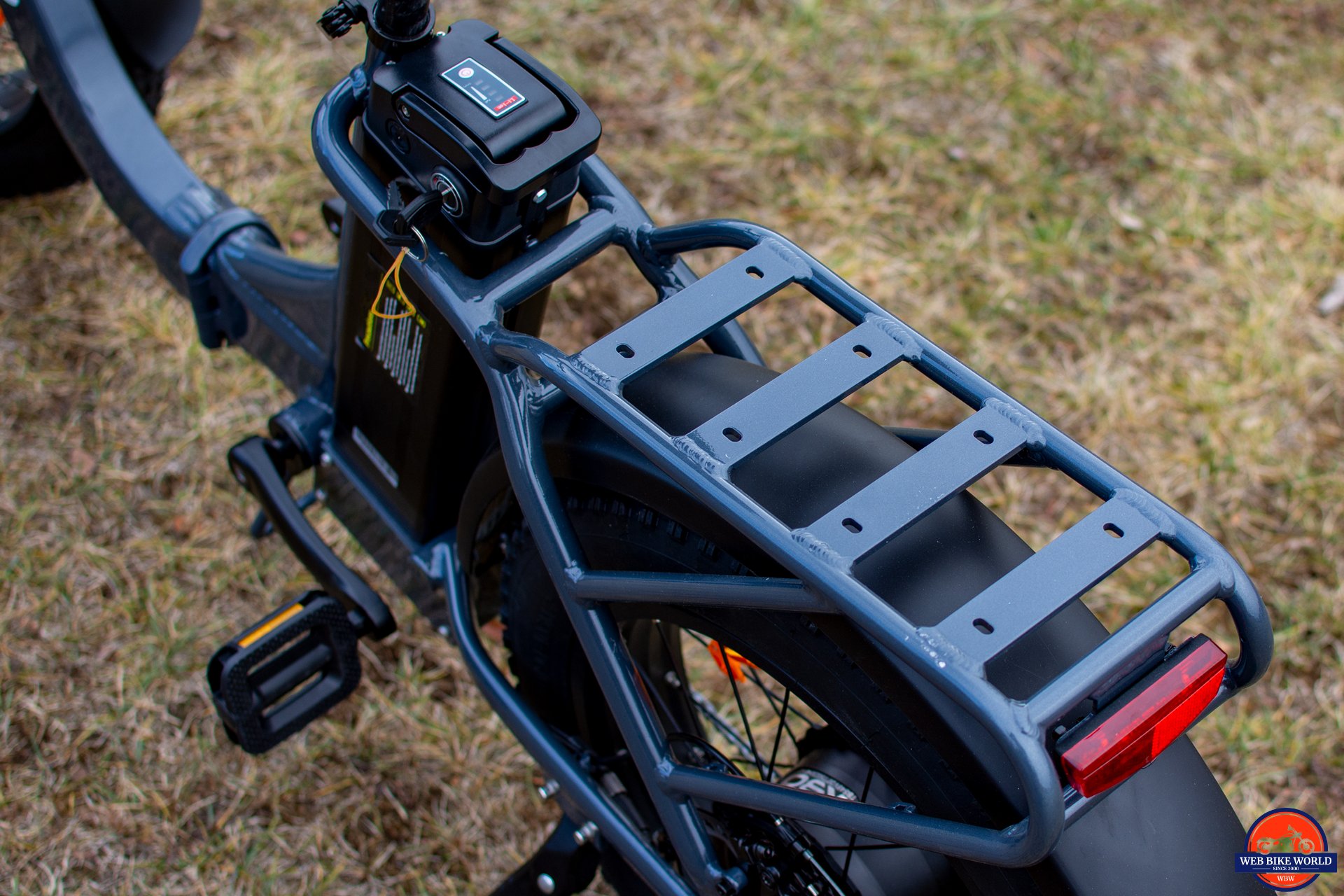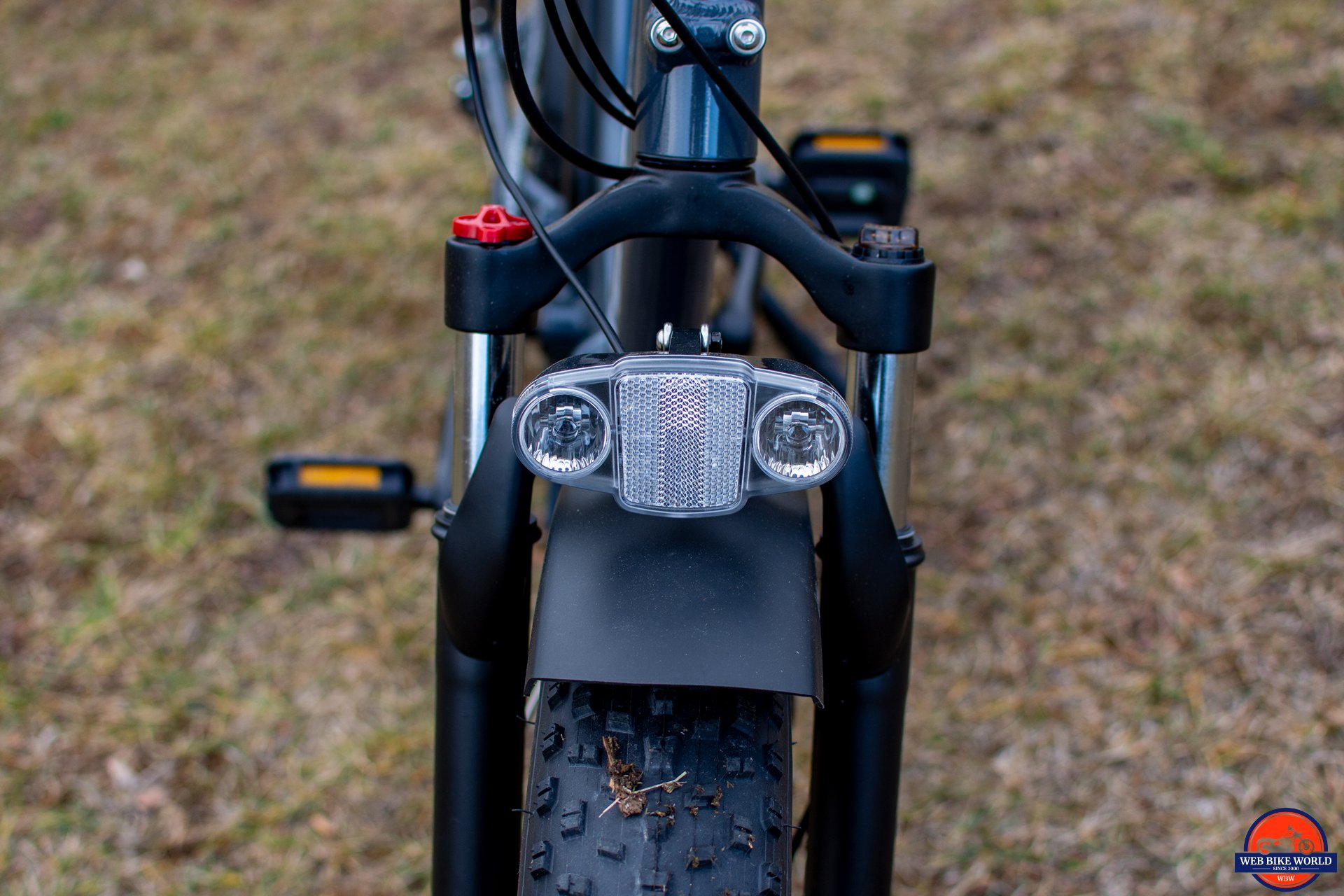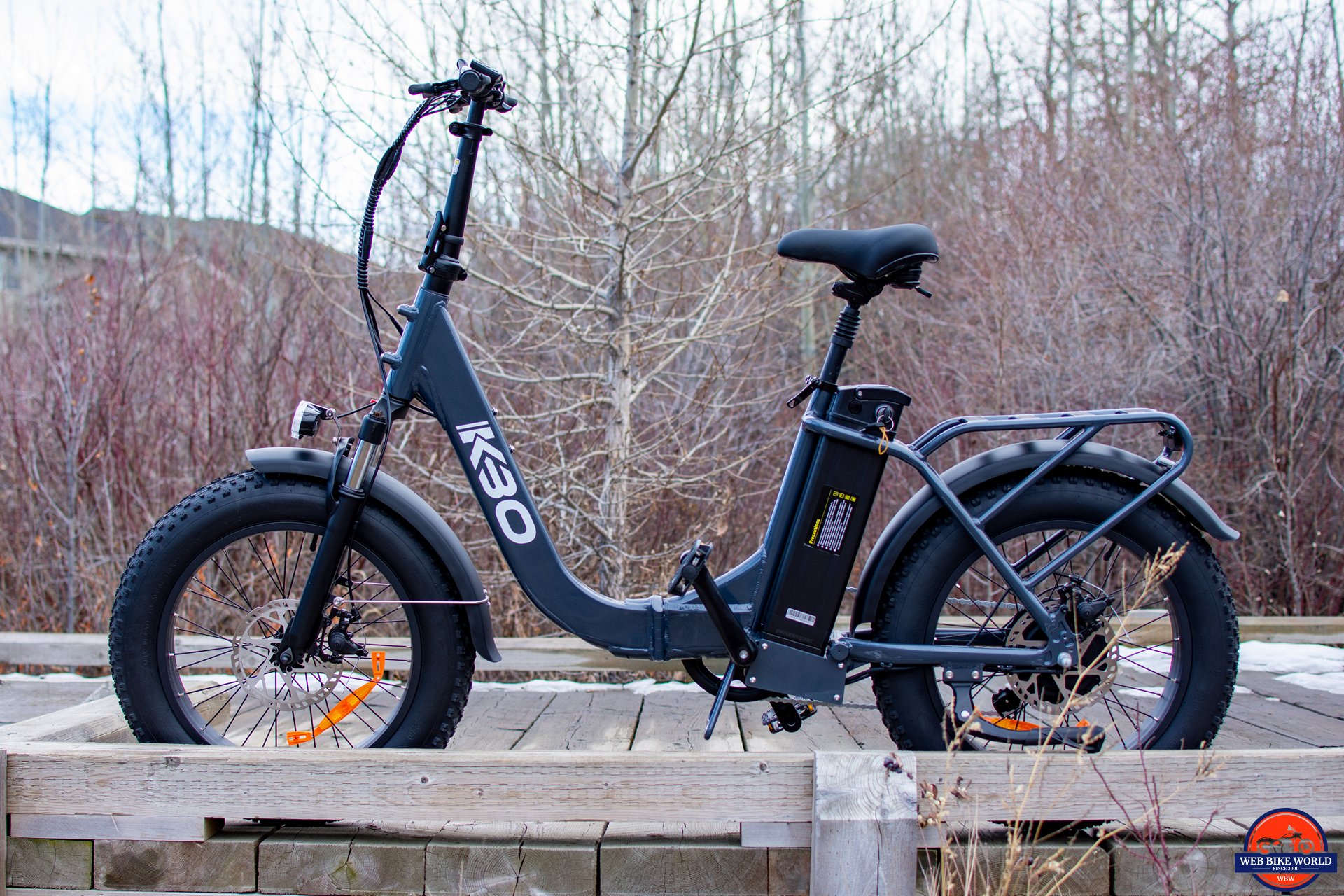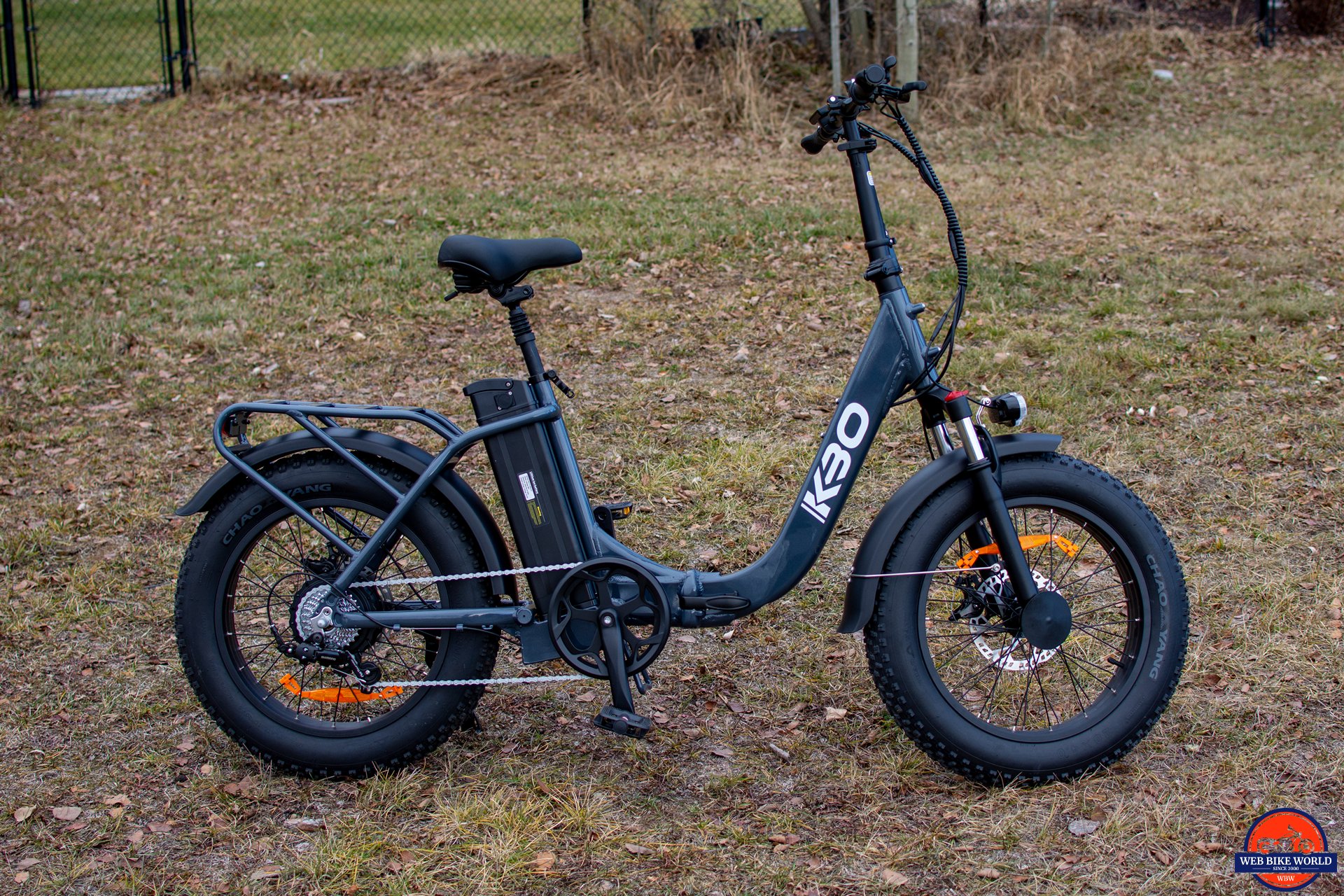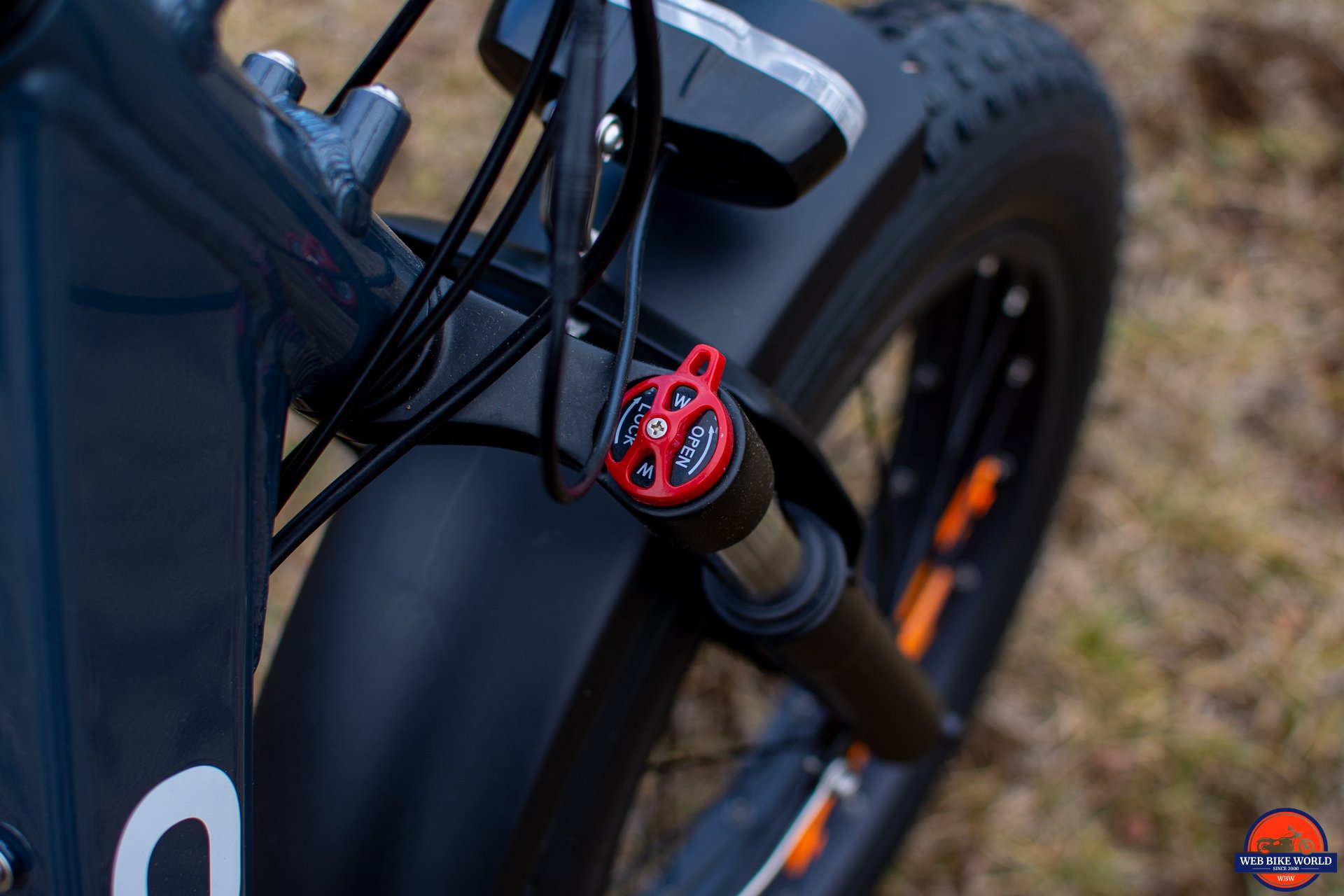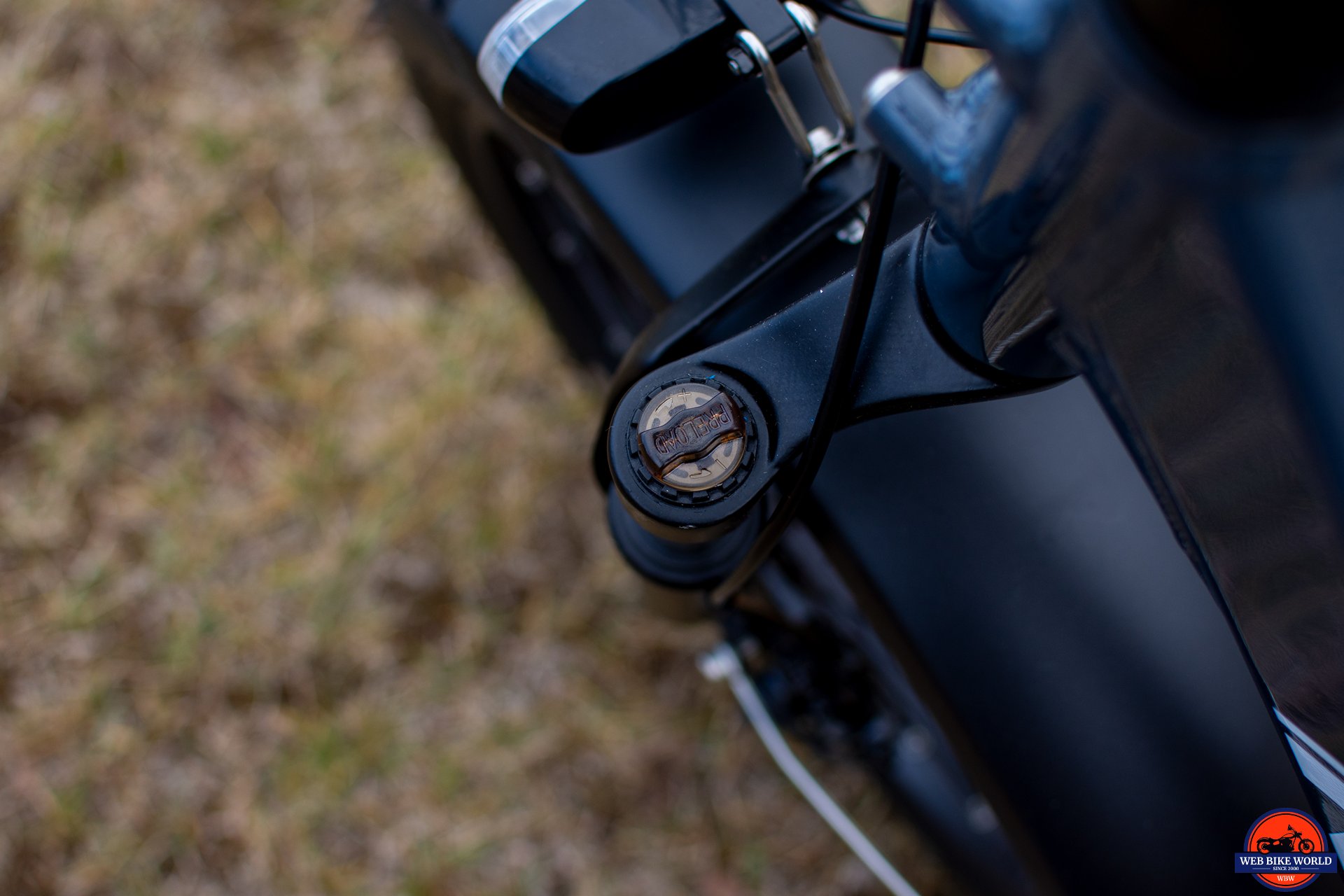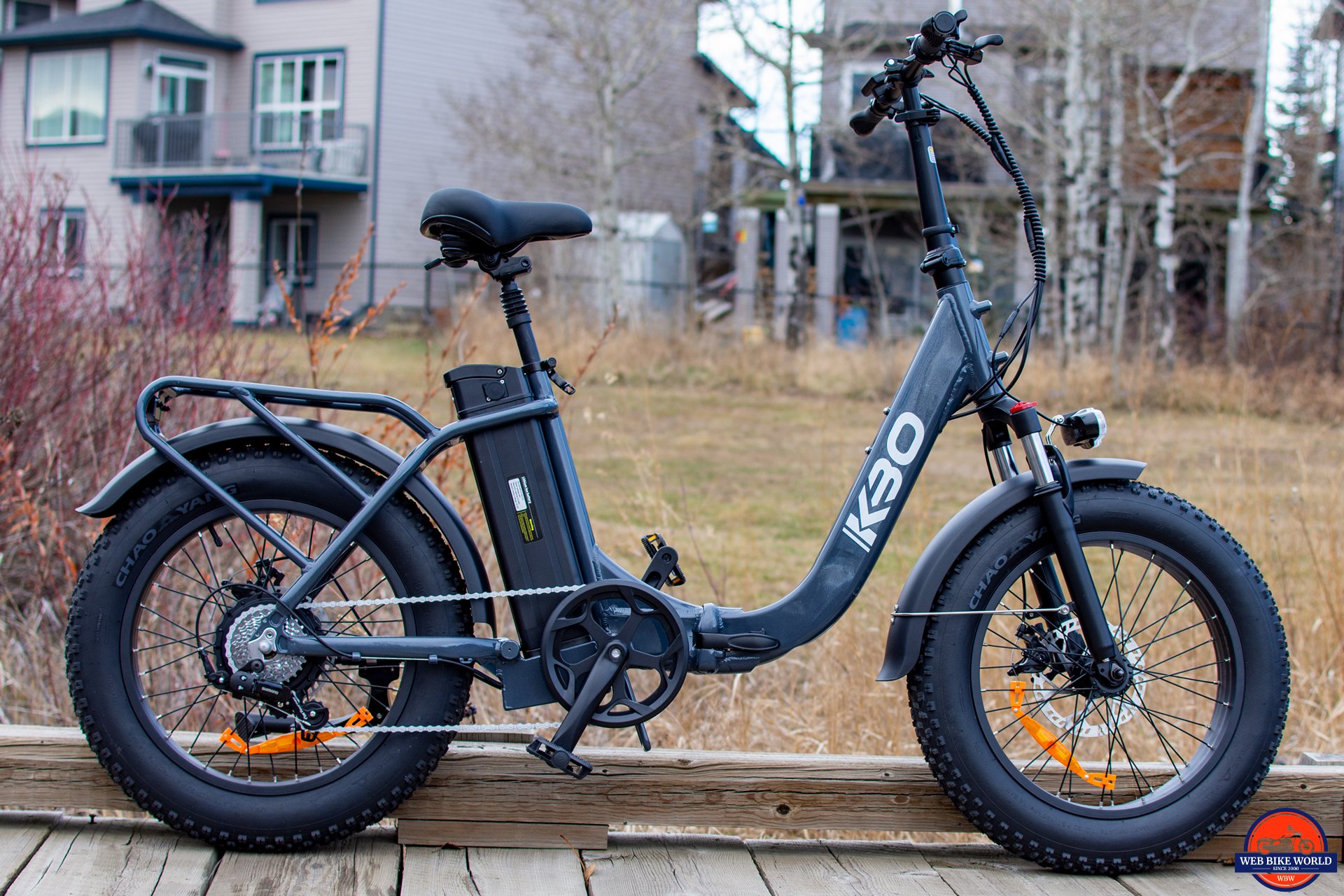Last updated:
Having reviewed the KBO Breeze in 2021, I knew what to expect from the Compact: a value-focused ebike using entry-level or generic components for short-range commuting or last-mile trips.
Priced at $899 as of this review, the KBO Compact is certainly affordable, and with a big-enough 748 Wh battery and a 750-watt hub motor, the Compact should also have the range and power to be a useful runabout.
The Compact also includes front and rear fenders, coil suspension forks, and a powered headlight. These additions make the Compact easier to live with and ride frequently (I’m on team fender, personally).
However, of all the folding ebikes I have reviewed (including, most recently, the HeyBike Tyson and Surface 604 Twist), the Compact is the one that feels the most like what you’d expect a folding ebike to feel like. It’s also the worst performing among the ~20 ebikes I have reviewed to date.
You can tell that KBO had to make deliberate choices to hit the low price point, with the frame mechanism notably less beefy than the HeyBike or Surface 604 I referenced earlier, and no-name or entry-level components used throughout. I don’t mean this pejoratively, either; at $900, this is to be expected.
A low price goes a long way, especially if your goal with the bike is a leisurely cruise vs. an engaged ride. And, if you’ve only got $900 to spend, the Compact is one of the few reputable options available to you, and it largely stands alone doing so while giving you a 15.6 Ah / 748 Wh battery.
So how is it?
Words & Photography: Cameron Martel
KBO sent us the Compact at no-charge. We do not have a financial relationship with KBO. All reviews are subject to our review policies. Authors are expected to spend several weeks using a product (or hundreds of miles/kilometers of use) before submitting a review.
2023 KBO Compact Specifications
- MSRP: $899 USD
- Where to Buy: KBOBike.com
- Warranty: 30-day money-back guarantee, 2-year warranty on the bike and battery
- Top Speed: 22 mph / 35 kph
- eBike Class: Class 3
- Range: Estimated 55 miles / 88 km
- Bike Weight: 68 lbs / 30.8 kg (including battery)
- Weight capacity: 350 lbs (159 kg)
- Motor: 750-watt rear hub
- Torque: Estimated 70 nm
- PAS: Cadence, 3 settings
- Brakes: Generic mechanical brakes w/ 180 mm rotors
- Gearing: Shimano 7-speed
- Battery: 48V 15.6 Ah (748 Wh)
- Wheels & Tires: 20” x 4” wheels and tires (no-name tires)
- Other: Color-matched rear rack, generic front suspension fork, front/rear lights
Unboxing, Assembly, Build Quality, & Components
I received the brand-new Compact in its box, ready to be unpacked and assembled. Thankfully this was the last ebike review of the year, because my garage was getting a little full…
KBO sent the Compact my way mid-September last year, and being Canadian, it’s taken me some time to find the appropriate weather conditions to review this bike properly.
Unboxing & Assembly
As with the other KBO’s I reviewed, the Compact comes nicely packaged in its box. This one arrived free of any damage.
KBO’s assembly instructions are quite clear, and my brother and I assembled the bike in about 25 minutes. This is also the… fifth or sixth bike in a box I’ve assembled, though. If it’s your first, budget about an hour.
Hinge Mechanisms + Folding the Compact
The hinge mechanisms on the KBO Compact are less robust than the ones I’ve seen on the other folders I’ve ridden. They still lock up and don’t have much play while riding, but they also utilize plastic components for the handles and have a bit more wiggle to them than I’ve experienced on other folders.
The lower frame hinge has two locking pins: one slider at the top of the handle and one pin at the rear. Once both are secured and the hinge is tightly closed, you have a ready-to-ride step-thru frame. I was surprised that the handle is plastic; the weld job isn’t the cleanest I’ve seen, either (this is also true of the rear rack). Otherwise, it’s pretty straightforward.
I wouldn’t ride aggressively with this bike as the hinge isn’t robust enough to be comfortable putting a lot of force through it, but I have no concerns about riding on pavement or gravel trails (avoid the bumpy stuff and steep downhill sections).
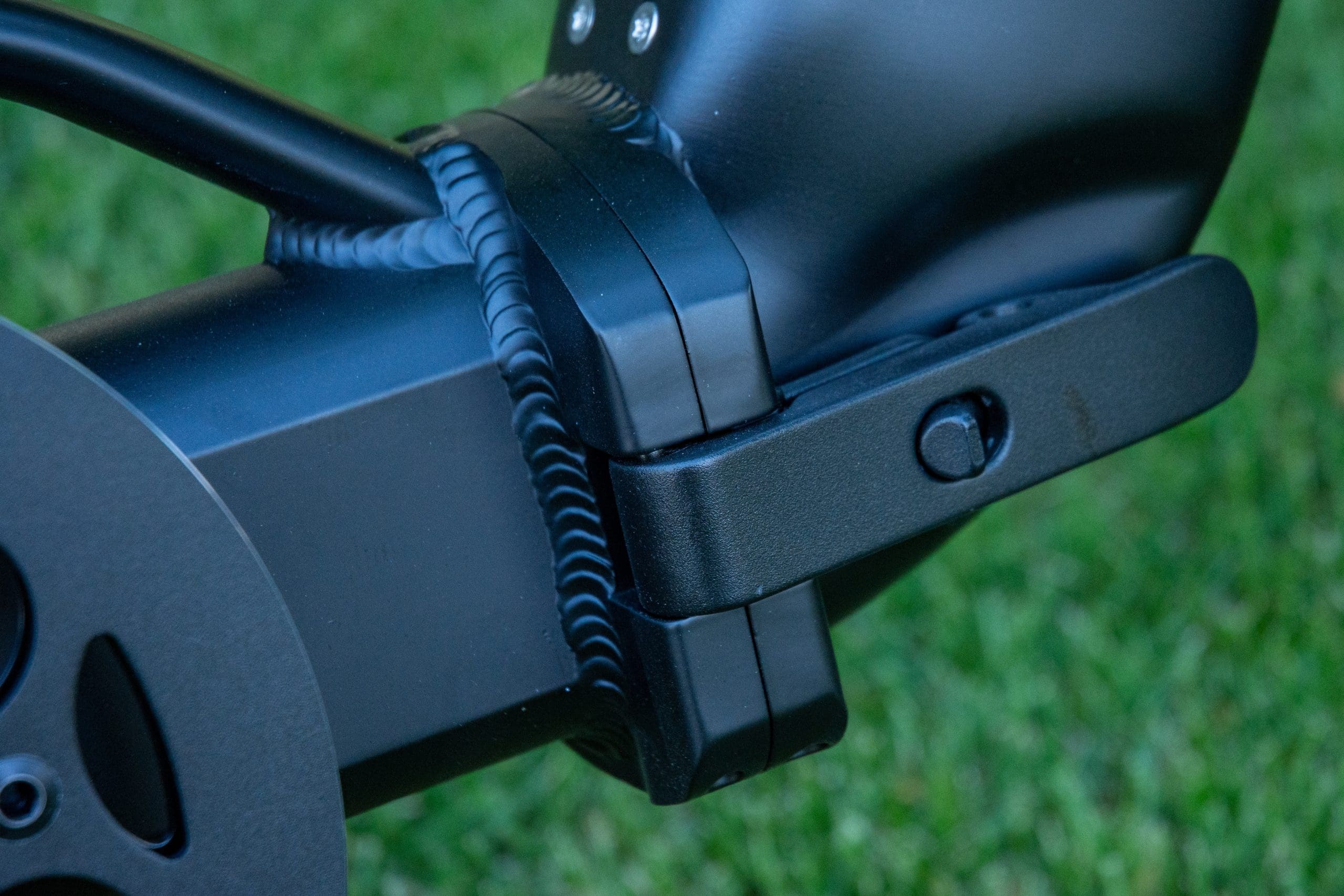
To be fair, the only folder I’ve reviewed so far that I’d actually take off-road would be the Surface 604 Twist, which not only has a beefy all-metal center locking mechanism with a better weld job (pictured above), but also a torque-assist drivetrain, hydraulic brakes, and a 9-speed groupset (it’s also three times the price of the KBO).
The stem hinge for the handlebars also locks into place with a security pin. There’s a small amount of play in the setup once it’s locked in, but I can’t pull it apart unless I first disengage the safety pin (I’ve tried). This does not feel unsafe, but it does transfer some extra vibration through the bars. It’s also pretty typical of inexpensive folding ebikes.
Handlebars, & Shifting
The bars fold down for storage and sit vertically when upright and locked. You can raise/lower the handlebar height via a clasp at the top of the downtube.
Handlebar height can be adjusted up and down a good amount – I don’t think anyone shorter than 6’5” will have problems riding this bike.
Otherwise, these bars and grips are fine for the price.
Brakes & Tires
The generic mechanical brakes clamp down on 180 mm rotors, which are fine for the Compact’s intended use case. Braking performance is noticeably less responsive/bitey than hydraulic brakes, albeit they still clamp down pretty hard.
We had to adjust after our assembly as the brakes weren’t perfectly aligned out of the box, but this is to be expected. Always check the nuts/bolts and brakes of any new bike build before you take your first ride.
The generic tires are adequate for the Compact’s use case, but I can’t speak to longevity, tire wear, etc., as I’ve only had them for a short period. They are pretty knobby and have good grip on most surfaces, including grass and gravel.
Traction on wet pavement is fine, and grip in the snow is… okay. The tires get a bit harder than the Kenda’s I have on my Himiway Cobra Pro, but running them at low pressure (~12 psi) makes the ride doable.
In general, I am wary of no-name tires, given that they are the only contact point between your bike and the surface. This is not where I want to save money.
I’d replace these with a more reputable brand as soon as warranted, but I don’t feel unsafe riding with them.
Battery & Charging
The battery is quite big for the money, and that’s one of the biggest pluses of this bike. The 48V 15.6 Ah / 748 Wh battery offers a generous 55 miles / 88 km of claimed range, though I don’t think the bike would achieve this unless you pedaled aggressively.
A more realistic range is closer to 35 miles / 56 km, which is still quite good for an ebike at this price.
The battery sits behind the seatpost in front of the rear tire. This gives the Compact a tangible rearward bias but also keeps the battery well out of the way when folding the bike (or riding it). You must remove the seat to remove the battery, but that doesn’t add any difficulty.
KBO doesn’t specify the manufacturer of the battery or cells, meaning that chances are they are generic cells vs. Samsung, LG, or Panasonic cells you will see in more expensive bikes. The 2A charger uses a less-common three-pronged port and takes about 5 hours to charge the battery fully.
You need to use the key to set the battery to “on” in order for the bike to receive power. This isn’t too common on ebikes, and I bet many people miss this when they try to ride their Compact for the first time.
Display
This is one of the most generic displays I’ve ever used. It provides enough information and has some backlighting so it’s usable at night. It’s clunky to navigate, though, and changing settings (from miles to kilometers, for example) isn’t intuitive. It reminds me of an early-90s calculator display.
The display is also delayed compared to what’s happening with the bike. I’ll come to a dead stop and the display will show that I’m still moving at 5 kph for several seconds after I’ve stopped.
It’s functional, but it isn’t very good.
Rear Rack
I like that the metal rear rack is color-matched and integrated into the frame.
It has several mounting points and feels quite sturdy. I’d have no qualms about mounting a basket or other types of accessories to it.
Lighting
The Compact has a headlight and rear refllector, with the headlight being adequate but not particularly impressive.
Both work, and the headlight is “good enough”, but people who ride at night consistently will want to upgrade the headlight in favor of something brighter.
Odds & Ends
KBO includes front and rear plastic fenders, which are nice value-adds that make the Compact easier to live with daily.
They are quite effective, too: I didn’t get soaked riding the Compact through slushy roads and pathways.
What’s the KBO Compact Like to Ride?
Even considering the price of the Compact, the fact is that this KBO isn’t much fun to ride. It has three levels of pedal assist – low, medium, and high – and engine performance is dull across all of them.
As a pedal bike, the Compact rides like most other folders. Equipped with small tires, mechanical brakes, and an upright riding position, the Compact isn’t bad to use for last-mile commuting or leisurely rides, but it isn’t an enjoyable bike to ride if you’re someone who enjoys riding bikes.
The frame isn’t very strong and has a lot of flex, so you should not take this bike off-road or on strenuous rides. However, this limitation isn’t a knock against the bike, given that the Compact wasn’t designed to be ridden this way.
This bike is ideal for students, people who live in apartments, or people that need an economical method of last-mile transportation. For these use cases, despite the anemic performance of the motor, the Compact will perform fine enough. With an estimated real world range of around 40 miles / 64 km, the Compact can go the distance needed by most riders. I don’t think KBO’s claimed 55 miles / 88 km is achievable in the real world, though you could get close to it if you consistently pedaled.
Drivetrain, Motor, & Power
The way the motor is tuned is, frankly, bizarre. Did nobody at KBO actually ride this thing?
The problem isn’t that the Compact doesn’t have power; it’s that it takes forever for the motor to engage and provide power. Delivery also isn’t predictable; it can take anywhere from 5 – 10 seconds after engaging the throttle or pedaling before the motor kicks in.
When power eventually does show up, it’s a gentle roll -ut and is never overwhelming… or even whelming, for that matter. However, it’s enough to move the Compact comfortably through the typical urban environment, including shallow grades and small hills. You can tell there’s a 750-watt motor here, even if it takes a while to wake up.
As a result, the Compact is not enjoyable to ride in tight spaces, maneuver around corners, or even weave through a crowded pathway. When relying on the throttle alone, I feel like I’m always fighting to get the bike to engage when I need it.
Suspension & Comfort
KBO fit the Compact with generic adjustable lockout front suspension, with an unknown amount of travel. These coil shocks are pretty standard fare on bikes like this, though I wish that KBO opted to use solid forks here and take the freed budget and apply it to the electric drivetrain’s calibration.
Combined with the 4” thick tires, the Compact is quite comfortable. The suspension is pretty springy, though (like a pogo stick), but you can soften the fork enough to help it soak up the terrain underneath it.
Don’t take this bike off-road, where neither the frame nor suspension are up for the task.
Can the KBO Compact Fit Into the Trunk of a 2017 Ford Fusion (or Any Other Sedan)?
No.
To comfortably transport this, you’re going to want a large opening – an SUV, van, or truck bed will be fine, but most car trunks will not be.
Longevity & Value for Money
One thing that webBikeWorld prioritizes when reviewing products is the longevity and value for money factor.
The Compact has several strengths:
- $900 is quite affordable for a folding ebike with a 15.6 Ah / 748 Wh battery
- 35 miles of real-world usable range is pretty good
- It will easily fit in a small apartment, shed, garage, etc.
- The battery is easily removed for peace of mind (and has a small carrying handle, which is nice)
- Ride quality is good overall
- Brand-name groupset
It also has some drawbacks:
- Drivetrain performance is poor and unsatisfying. It’s workable for a commute but unresponsive, slow to engage, and hard to predict.
- It won’t fit into a sedan’s trunk
- Generic parts all over, including tires
There’s nothing on the bike that would prevent regular maintenance and servicing. If you can live with the pros and cons above, you should be able to get plenty of miles out of the Compact before needing a replacement.
Final Thoughts on the KBO Compact: An Inexpensive but Flawed Folder
The Compact is inexpensive and easy to store, perfect for budget-minded commuters or people who don’t have lots of space to store a bike. It’s relatively long range and well-sized battery, along with its fat tires and adjustable suspension, make the KBO a good companion for commuting or day rides; great for outings to the lake, beach, etc.
However, it also has the worst electric assist of any bike I’ve ever ridden, with only three pedal assist settings and a massive delay between throttle engagement and response.
Unless you’re married to the sub-$1,000 price, you’ll be happier, in the long run, spending a little more for a folder with a better drivetrain.
KBO Compact Review Summary
Review Summary
The KBO Compact is indeed compact, though not enough to fit in the trunk of the average sedan. It is the typical Shimano 7-speed/OEM brakes, suspension, and tire setup that you’d expect at a low $899 price point. Motor performance is subpar, with a long delay between throttle/pedal input and motor engagement. On the plus side, it has a fairly large battery and good range.
Pros
48V 15.6 Ah battery provides good 55-mile range
Affordable at just $899
Max load of 350 lbs
Frame-integrated and color matched rear rack
Included front/rear fenders and powered headlight
Cons
Awful controller/throttle tuning provides anemic pedal assist performance
Rear-heavy weight bias
Have to remove the seat to remove the battery
Will not fight into the trunk of a typical mid-size sedan (SUV, van, or truck needed)


